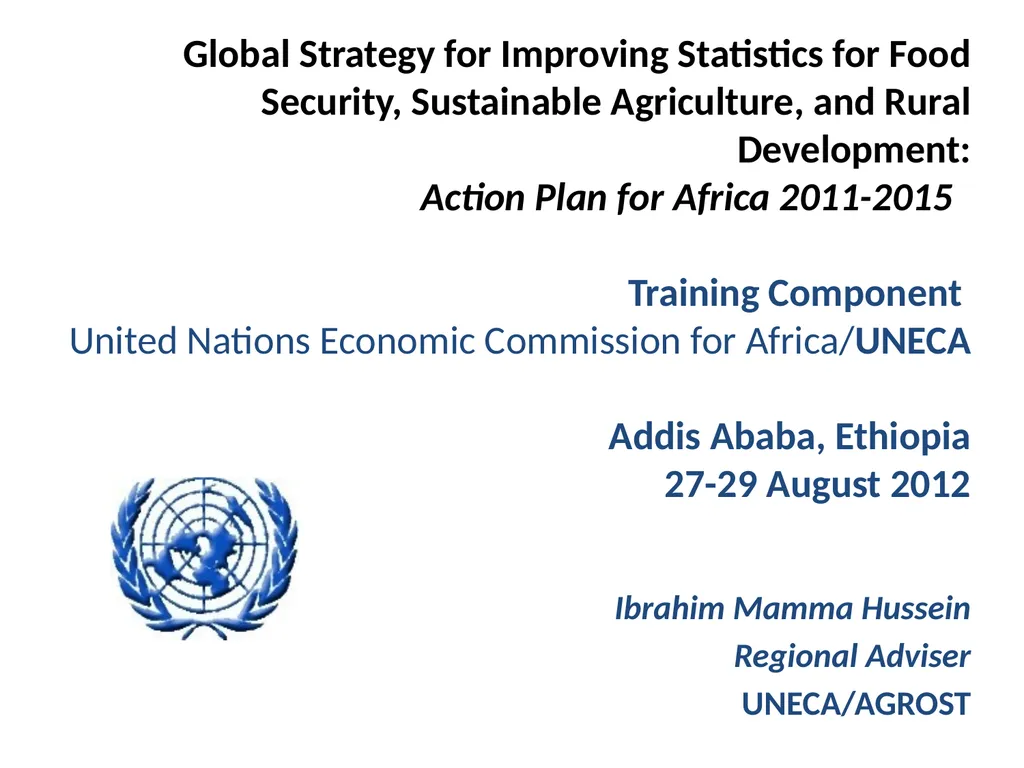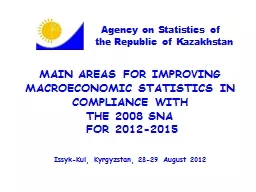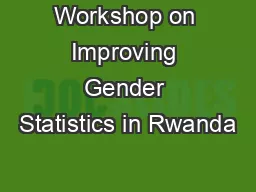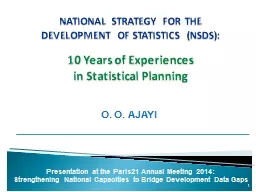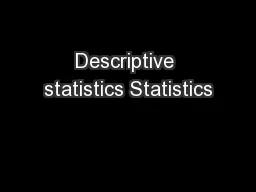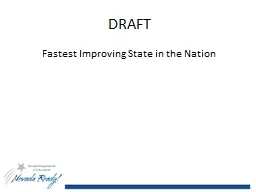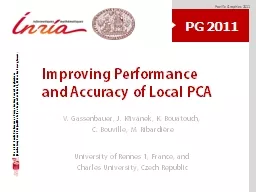Global Strategy for Improving Statistics for Food
Author : liane-varnes | Published Date : 2025-06-23
Description: Global Strategy for Improving Statistics for Food Security Sustainable Agriculture and Rural Development Action Plan for Africa 20112015 Training Component United Nations Economic Commission for AfricaUNECA Addis Ababa Ethiopia 2729
Presentation Embed Code
Download Presentation
Download
Presentation The PPT/PDF document
"Global Strategy for Improving Statistics for Food" is the property of its rightful owner.
Permission is granted to download and print the materials on this website for personal, non-commercial use only,
and to display it on your personal computer provided you do not modify the materials and that you retain all
copyright notices contained in the materials. By downloading content from our website, you accept the terms of
this agreement.
Transcript:Global Strategy for Improving Statistics for Food:
Global Strategy for Improving Statistics for Food Security, Sustainable Agriculture, and Rural Development: Action Plan for Africa 2011-2015 Training Component United Nations Economic Commission for Africa/UNECA Addis Ababa, Ethiopia 27-29 August 2012 Ibrahim Mamma Hussein Regional Adviser UNECA/AGROST Rationale for the training component Purpose Expected outcomes The three sub-components The nine outputs Key Activities Coordination and implementation framework Monitoring and reporting Status of the Training Component and Immediate next steps The role of AGROST Outline Rationale lack of a “critical mass” of trained statistical personnel in NSSs in Africa many agencies have reported that understaffing has a deleterious effect on their operations. Those that are not understaffed have reported the challenge of procuring the right mix of statistical staff. Lack of up-to-date human resource development strategy (HRDS) to guide the management, development, and harnessing of their human resources. Lack of Human Resources Development Strategy Staff training, career development, staff motivation and retention, etc. are handled in an ad hoc and unsatisfactory manner Reflected in over-employment (especially of support staff), low levels of skills, less than satisfactory empowerment and motivation of staff, high staff turnover, etc. Issues in Statistical Training a need to develop new courses and to modify the curricula that are already offered in Africa that lead to first and postgraduate degrees in statistics and related topics. many of the existing academic courses in statistics are too mathematically oriented The capacity of the existing regional Statistical Training Centers already offering courses in agricultural statistics should be strengthened. Expanding on the experiences and expertise of these centers Issues in Statistical Training Contd… Good courses available BUT entry is difficult because students lack the required qualifications, especially in mathematics. Not enough short, in-service training courses available to enable staff to upgrade their skills and knowledge, especially in new and emerging areas such as : remote sensing, geographic information systems (GIS), management of agricultural surveys and censuses. Issues in Statistical Training Contd… Insufficient funds to meet the costs of both short- and long-term training. While the total amount of aid for statistics has increased in recent years, the resources allocated to training and human resource development has not kept pace. Lack of information on the training market training providers find it difficult to identify and hence respond to new opportunities. AGROST has a strong role to bridge this gap in information To strengthen the capacity of agencies engaged in collection, compilation and
